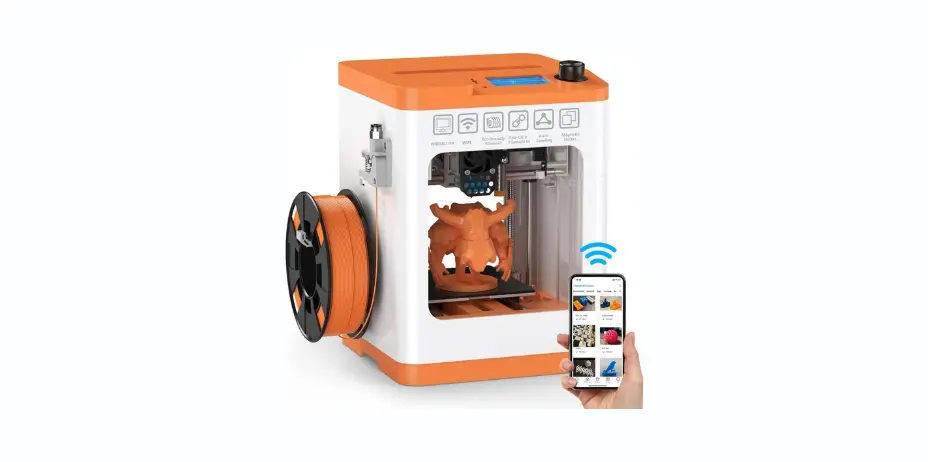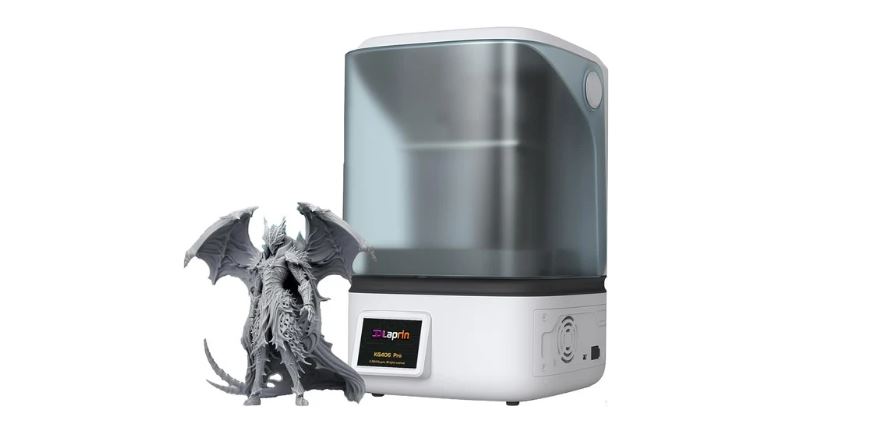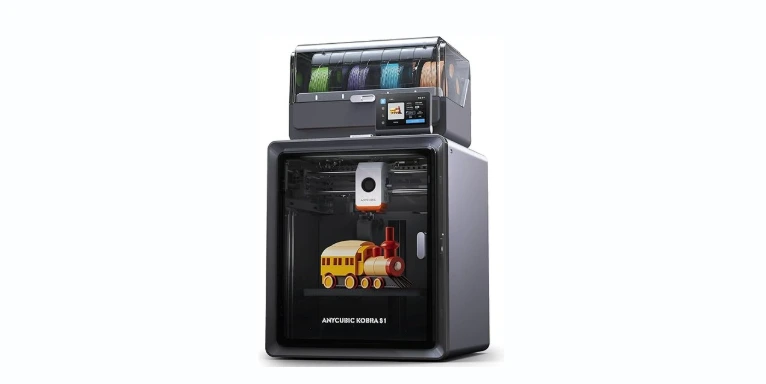Have you ever found yourself wondering what the best 3D printers for engineering projects are? If so, you’re not alone. The world of 3D printing is both fascinating and complex, filled with technicalities that can boggle even the savviest engineer. I want to unravel the thread of this technological tapestry with you and explore the ins and outs of choosing the right 3D printer for engineering tasks. Let’s approach this subject like an old friend visiting over a cup of coffee—relaxed, thorough, and with the intent of making the seemingly complicated seem wonderfully attainable.
Why Consider 3D Printing for Engineering Projects?
Using 3D printers in engineering projects isn’t merely about being on-trend or appearing savvy in modern tech circles. There’s a tangible utility here that can make you wonder how you ever worked without one. Imagine creating precise prototypes quickly, testing concepts on the fly, and bringing complex geometries to life—all of this is possible with the right 3D printer. These tools allow for remarkable innovation, greater flexibility in design, and often, cost efficiency that can make the bean counters in your department quite cheerful.
Benefits of 3D Printing in Engineering
Let’s break down why 3D printing has become such an indispensable tool:
- Prototyping: Rapid prototyping allows iterative testing and modification, streamlining design processes.
- Customization: Create bespoke parts tailored exactly to your project needs and specifications.
- Complex Geometries: 3D printing can produce intricate designs that traditional manufacturing may struggle with.
- Cost-Efficiency: Often, 3D printed prototypes are cheaper than traditionally manufactured options.
- Material Variety: From plastics to metals, you can choose from a plethora of materials to suit your project’s requirements.
Each point echoes with practicality, presenting a case for 3D printing that’s hard to argue against.
Key Features to Look for in 3D Printers
When deciding on a 3D printer, it’s like choosing a partner on a tandem bike. You need compatibility, reliability, and a shared vision for the journey ahead. Let’s examine the crucial features that make for the perfect match.
Print Quality and Resolution
First on the docket is print quality, akin to judging a cake by its texture and taste rather than its frosting alone. Higher resolution equates to finer details, crucial in engineering where precision is non-negotiable.
Printing Speed
Time is money, and fast printing speeds can be a significant advantage. However, faster isn’t always better if it compromises quality. It’s about finding the right balance, like juggling three oranges when you only just learned how to hold two.
Build Volume
Consider how large your prints need to be. A larger build volume means more significant projects, but it also demands more space, which could mean reconfiguring that cluttered corner of your garage.
Filament Compatibility
Different projects may require different materials, much like deciding what to wear based on the weather forecast. Check which filaments your printer supports—PLA, ABS, PETG, or even metals.
Ease of Use
No one enjoys grappling with a machine that needs a ten-page manual to operate a simple command. User-friendly interfaces with clear instructions can save a world of frustration.
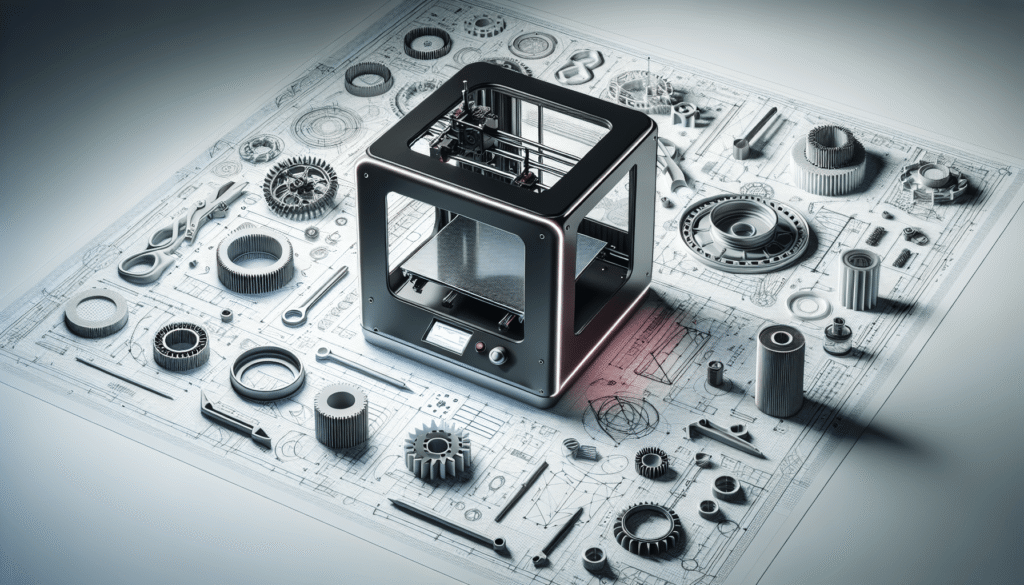
Types of 3D Printers
Understanding what each printer type offers can feel like deciphering a seemingly cryptic menu in a foreign restaurant. How do you know which one satisfies your craving? Let’s demystify the types of 3D printers available.
Fused Deposition Modeling (FDM)
FDM printers are like the dependable sedan of 3D printers, balancing cost with practicality. They work by layering melted filament, and they’re renowned for their affordability and suitable for a range of materials.
Stereolithography (SLA)
Meet the artist of the group, the SLA printer, known for its excellent resolution and smooth finish. It uses a laser to cure photo-reactive resin. Ideal for detailed prototypes but requires a higher budget and often more maintenance.
Selective Laser Sintering (SLS)
SLS printers are the virtuosos of the printing world, using a powerful laser to fuse powder. They excel in producing complex and durable parts, perfect for engineering uses, albeit at a higher price point.
Digital Light Processing (DLP)
DLP is the faster cousin of SLA, using light rather than a laser to cure resin. This reduces print times and maintains a high level of detail. Choosing between DLP and SLA is much like selecting a film to watch based on reviews—both provide excellent visuals, but their genres vary.
Evaluating Your Engineering Needs
Now that you understand the mechanics, like a newly studied map before a road trip, it’s essential to align these options with your specific needs. What’s vital is understanding what you require versus what’s a nice-to-have, and importantly, deciphering wants that only serve to clutter the itinerary.
Project Type
Define the scope and nature of your projects. Are you printing simple, functional parts, or do you need high-detail prototypes? Your answer dramatically influences the type of 3D printer you should consider.
Budget Constraints
Ah, the ever-present budget, lurking like a shadow that feels like a weight rather than a companion. FDM printers are generally more budget-friendly, whereas SLA and SLS come with a heftier price tag.
Space Considerations
Are you planning on parking this technological wonder in a compact office corner or will it have its spacious workshop to stretch its legs, so to speak? This logistical consideration can dictate size and eventual choice.
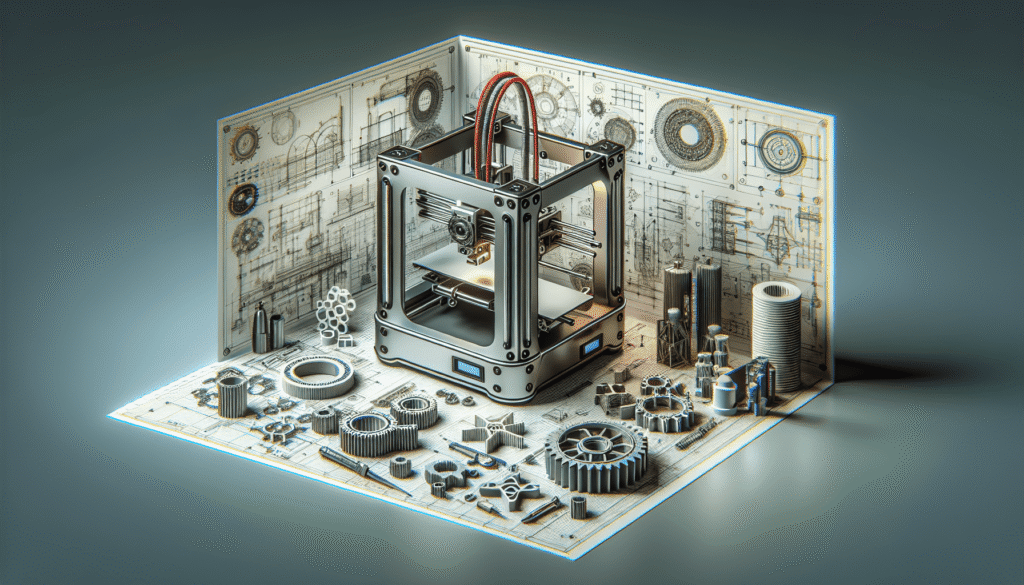
Recommended 3D Printers for Engineering Projects
And now to bring it all home, like selecting the best chocolates from a sample box, let’s go through some standout 3D printers that fit snugly within engineering applications.
| 3D Printer Model | Type | Features | Price Range |
|---|---|---|---|
| Prusa i3 MK3S+ | FDM | Reliable, Open Source, Multi-material | $$ |
| Formlabs Form 3+ | SLA | High Detail, Great Reliability | $$$ |
| Ultimaker S3 | FDM | Dual Extrusion, Optimized Workflow | $$$ |
| Raise3D Pro2 | FDM | Large Build Volume, Robust | $$$$ |
| Anycubic Photon | DLP | Affordable, High Detail | $$ |
Prusa i3 MK3S+
I liken the Prusa i3 MK3S+ to that reliable friend who’s always there when you need a hand. This FDM printer is known for its dependability, versatility, and ease of use. It’s a solid choice for projects where multi-material usage is key.
Formlabs Form 3+
If precision is your holy grail, then the Formlabs Form 3+ should be on your radar. This SLA printer offers impressive detail, suitable for creating smooth and intricate parts that resemble polished sculptures more than mere prototypes.
Ultimaker S3
For those days when you wish you could clone yourself to get more done, the Ultimaker S3 offers dual extrusion, expanding your capabilities without needing the extra hands. Its seamless workflow makes it a favorite among small enterprises.
Raise3D Pro2
The Raise3D Pro2 is like that robust SUV, designed for large projects and hardy performance. It has a spacious build volume and is particularly suitable for more extensive engineering constructions requiring resilience.
Anycubic Photon
If your budget closely resembles that of a lean college student’s, yet you thirst for high detail in your prints, the Anycubic Photon is worth a look. This DLP printer offers excellent detail and is more accessible for those wary of investing too heavily upfront.
Final Thoughts
Choosing the best 3D printer for your engineering projects isn’t merely about selecting the hottest model or the top-seller. It’s about aligning the printer’s strengths with your specific project requirements and budget constraints. With a thoughtful examination of your needs, you can find that perfect marriage of capability and practicality in a printer, ensuring your engineering pursuits are nothing short of extraordinary. Remember, with technology this powerful, it’s less about the journey to find the right printer and more about the innovation you’ll foster with it.
